Videos from the Embedded Linux Conference in San Francisco, April 12-14, 2010.
The 2010 edition of the Embedded Linux Conference was once again a very interesting event. For embedded Linux developers, the Embedded Linux Conference is a perfect place to learn about new technologies, profit from the experience of other developers, and to meet key software developers.
For people who couldn’t attend this conference, and for single core people who didn’t manage to attend two or three talks at the same time, here are the videos that we managed to shoot. As usual, the videos are released with a Creative Commons Attribution – ShareAlike 3.0 license.
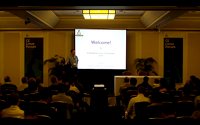 Welcome speech, by Tim Bird (CE Linux Forum)
Welcome speech, by Tim Bird (CE Linux Forum)
HD video (12 minutes, 128M)- Real-Time Linux Failure, by Frank Rowand (Sony Corporation)
slides, HD video (53 minutes, 488M) - Using Interrupt Threads to Prioritize Interrupts, by Mike Anderson (The PTR Group)
slides, HD video (61 minutes, 574M)  Android: A Case Study of an Embedded Linux Project, by Greg Kroah-Hartman (Novell)
Android: A Case Study of an Embedded Linux Project, by Greg Kroah-Hartman (Novell)
slides, HD video (52 minutes, 893M)- Experiences in Android Porting, Lessons Learned,Tips and Tricks, by Marc Gross (Intel)
slides, HD video (56 minutes, 398M) - Measuring Responsiveness of Linux Kernel on Embedded System, by YungJoon Jung and DongHyouk Lim (ETRI)
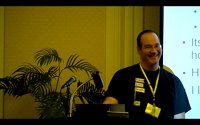 HD video (41 minutes, 220M)
HD video (41 minutes, 220M) - GPIO: Talking to the Outside World, by Gene Sally (Touchtown)
slides, HD video (61 minutes, 596M) - Announcements, by Tim Bird (Sony)
HD video (6 minutes, 144M) - Embedded in 2010: An End to the Entropy?, by Matt Asay (Canonical)
slides, HD video (41 minutes, 881M)  Runtime Power Management: Overview and Platform Implementation, by Kevin Hilman (Deep Root Systems)
Runtime Power Management: Overview and Platform Implementation, by Kevin Hilman (Deep Root Systems)
slides, HD video (55 minutes, 1.3G)- Embedded Multi-core with Adeos, by Dan Malek (Mentor Graphics)
HD video (55 minutes, 367M) - Ftrace – Embedded Edition, by Steven Rostedt (Red Hat)
 HD video (55 minutes, 346M)
HD video (55 minutes, 346M) - Linux Toolchain Overview with Advanced Debugging and Tracing Features, by Dominique Toupin (Ericsson)
slides, HD video (58 minutes, 251M) - Case Study – Embedded linux in a Digital Television STB, by Melanie Rhianna Lewis (Red Embedded Consulting)
slides, HD video (36 minutes, 358M)  Link Time Dead Code and Data Elimination Using GNU Toolchain, by Denys Vlasenko (Red Hat)
Link Time Dead Code and Data Elimination Using GNU Toolchain, by Denys Vlasenko (Red Hat)
slides, HD video (53 minutes, 628M)- Custom Hardware Modeling for FPGAs and Embedded Linux Platforms with QEMU, by John Williams and Edgar Iglesias (Axis Communications – PetaLogix)
slides, HD video (53 minutes, 544M)  Semantic Data Storage for Mobile Devices, by Rob Taylor (CodeThink)
Semantic Data Storage for Mobile Devices, by Rob Taylor (CodeThink)
slides, HD video (58 minutes, 258M)- Flattened Device Tree ARM Support Update, by Grant Likely (Secret Lab Technologies)
slides, HD video (56 minutes, 399M) - Supporting SoC video subsystems in video4linux, by Hans Verkuil (Tandberg Telecom)
slides, HD video (51 minutes, 678M)  An Introduction to the Qt Development Framework, by Jeremy Katz (Nokia)
An Introduction to the Qt Development Framework, by Jeremy Katz (Nokia)
slides, HD video (33 minutes, 631M)- Porting the Linux Kernel to x86 MID Platforms, by Jacob Pan (Intel)
slides, HD video (49 minutes, 512M) - Recent Developments in Open Video Technology, by David Schleef (Entroypy Wave)
slides, HD video (54 minutes, 446M)  Strategies for Migrating Uniprocessor Code to Multi-Core SMP, by Mike Anderson (The PTR Group)
Strategies for Migrating Uniprocessor Code to Multi-Core SMP, by Mike Anderson (The PTR Group)
slides, HD video (45 minutes, 445M)- Understanding Threat Models for Embedded Devices, by Jake Edge (LWN.net)
slides, HD video (33 minutes, 188M) - Wake-ups Effect on Idle Power for Intel’s Moorestown MID and Smartphone Platform, by German Monroy (Intel)
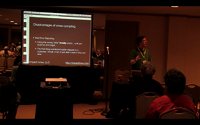 slides, HD video (54 minutes, 346M)
slides, HD video (54 minutes, 346M) - State of Embedded Linux, by Tim Bird (Sony)
slides, HD video (48 minutes, 297M) - Using the LTTng Tracer for System-wide Performance Analysis and Debugging, by Mathieu Desnoyers (EfficiOS)
slides, HD video (52 minutes, 385M) - Demo session, by GeeXbox (GeeXbox.org)
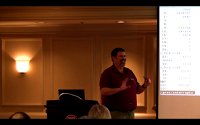 HD video (5 minutes, 172M)
HD video (5 minutes, 172M) - Creating a Secure Router Using SELinux, by Mike Anderson (The PTR Group)
slides, HD video (59 minutes, 436M) - Using a JTAG to Debug Linux Device Drivers (Part 1), by Mike Anderson (The PTR Group)
slides, HD video (55 minutes, 314M) - Using a JTAG to Debug Linux Device Drivers (Part 2), by Mike Anderson (The PTR Group)
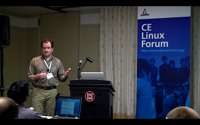 slides, HD video (63 minutes, 376M)
slides, HD video (63 minutes, 376M) - Developing for Non-x86 Targets Using QEMU, by Rob Landley (Impact Linux)
slides, HD video (57 minutes, 602M) - Effective Use of Scripting in Embedded Devices, by Steve Bennett (WorkWare Systems)
slides, video (46 minutes, 187M)  GeeXboX Enna: embedded Media Center, by Benjamin Zores (GeeXboX)
GeeXboX Enna: embedded Media Center, by Benjamin Zores (GeeXboX)
slides, video (54 minutes, 244M)- Kexec – Ready for Embedded Linux?, by Magnus Damm (Renesas)
slides, video (31 minutes, 142M) - No Crash Dump? No Problem!, by David VomLehn (Cisco)
slides, video (53 minutes, 306M) 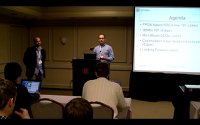 Implementing Asynchronous Zero-Copy API for Embedded IVR Application, by Alexey Volkov (Iskratel)
Implementing Asynchronous Zero-Copy API for Embedded IVR Application, by Alexey Volkov (Iskratel)
video (47 minutes, 124M)- Workload-based Aggressive Power Management on the Intel Moorestown MID and Future Intel MID/Smartphone Platforms, by Sujith Thomas (Intel)
slides, video (49 minutes, 146M) 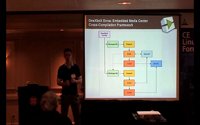 Polishing Dirt: Porting RTOS Code to Linux Userspace Driver Framework, by Vitaly Wool (Ericsson)
Polishing Dirt: Porting RTOS Code to Linux Userspace Driver Framework, by Vitaly Wool (Ericsson)
slides, video (51 minutes, 291M)- Linux Without a Boot Loader?, by Greg Ungerer (SnapGear)
slides, video (46 minutes, 403M) - Engaging Developer Communities: Lessons and Opportunity from webOS, by Matthew Tippett (Palm)
slides, video (45 minutes, 281M) - Lock-free Algorithm for Multi-Core Architecture, by Hiromasa Kanda (SDY Corporation)
slides, video (47 minutes, 242M) - A Consideration of Memory Saving by Efficient Mapping of Shared Libraries, by Masahiko Takahashi (NEC Corporation)
slides, video (22 minutes, 192M) - Effectively Managing Documentation for Embedded Linux Projects, by Jeff Osier-Mixon (MontaVista)
slides, video (49 minutes, 162M) - Multi-core Scheduling Optimizations for Soft Real-time Multi-threaded Applications — A Cooperation Aware Approach, by Lucas Martins De Marchi (STMicroeletronics and ProFUSION)
slides, video (45 minutes, 140M) - DVFS for Embedded Linux, by Yong Bon Koo and Youngbin Seo (ETRI)
slides, video (36 minutes, 150M) - Understanding and Developing Applications for Maemo Platform, by Leandro Melo de Sales (Federal University of Alagoas, Brazil)
slides, video (54 minutes, 271M) - Evaluation of Data Reliability on Linux File Systems, by Yoshitake Kobayashi (Toshiba)
slides, HD video (33 minutes, 421M)
We hope it makes you feel like joining the next edition of the conference. If you can’t wait, what about going to ELC Europe in Cambridge (UK) in late October? It has a very interesting program too. Of course, the sessions will also be recorded. I hope to see you there!

 Being a member of the organization committee of the Embedded Linux Conference Europe, I get access to fresh news about this yearly conference. The call for presentations is now over and we have just announced
Being a member of the organization committee of the Embedded Linux Conference Europe, I get access to fresh news about this yearly conference. The call for presentations is now over and we have just announced 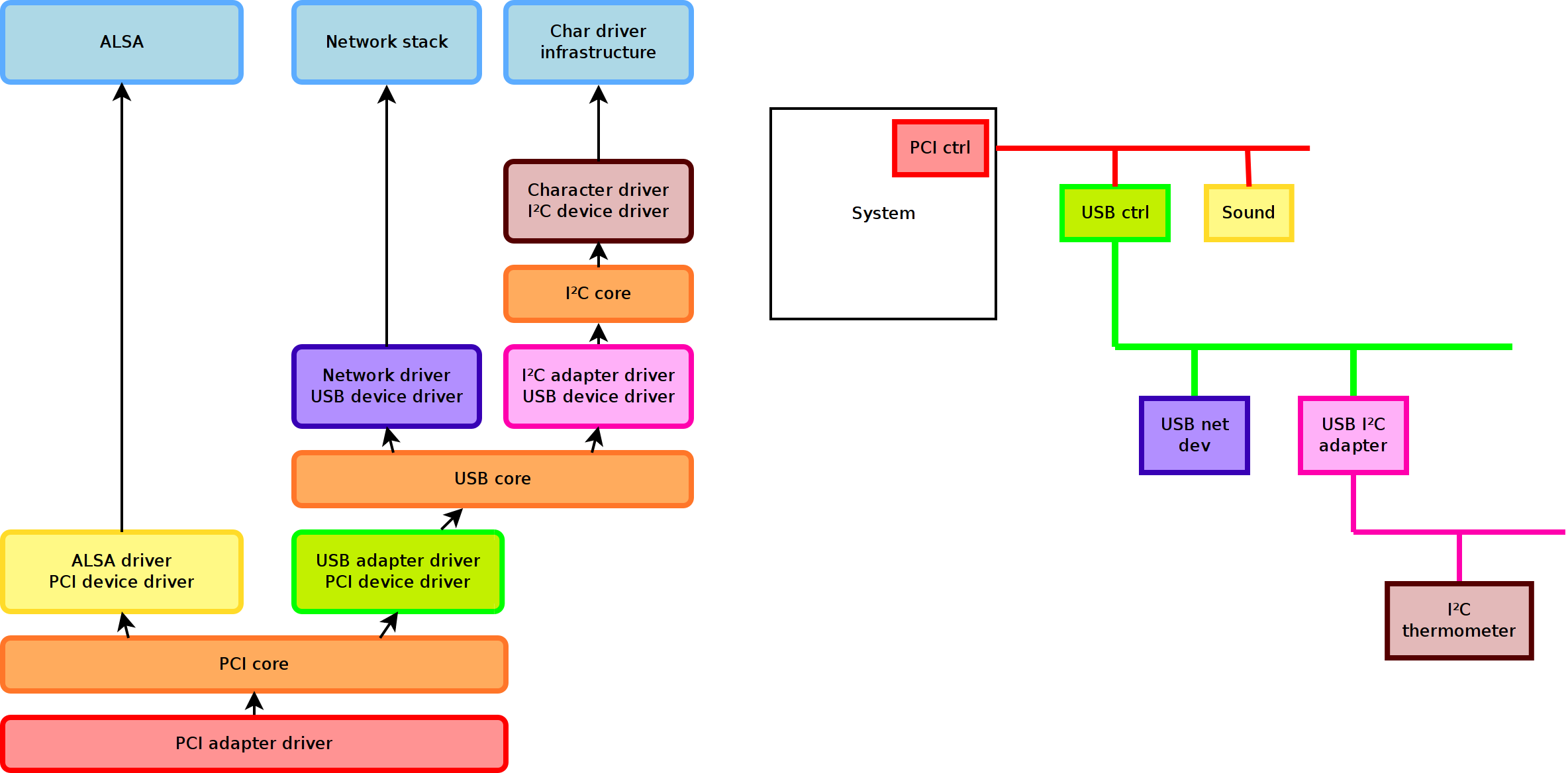
 Bootlin has contributed to this release, by adding some support for the
Bootlin has contributed to this release, by adding some support for the  Looking for kernel and embedded Linux experts
Looking for kernel and embedded Linux experts Just a few weeks before the next edition of the
Just a few weeks before the next edition of the 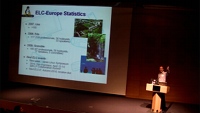
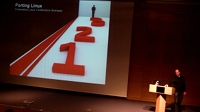
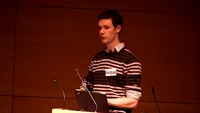

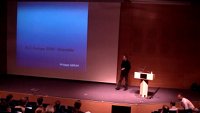

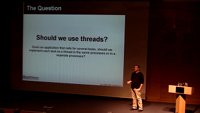


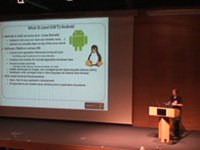



 The
The  The usual tracing-related talks, with Using the LTTng tracer for system-wide performance analysis and debugging by Mathieu Desnoyers and Ftrace – embedded edition, by Steven Rostedt. A talk on debugging Linux toolchain overview with advanced debugging and tracing features, by Dominique Toupin.
The usual tracing-related talks, with Using the LTTng tracer for system-wide performance analysis and debugging by Mathieu Desnoyers and Ftrace – embedded edition, by Steven Rostedt. A talk on debugging Linux toolchain overview with advanced debugging and tracing features, by Dominique Toupin. Linux 2.6.33 was out on Feb. 24, 2010, and to incite you to try this new kernel in your embedded Linux products, here are features you could be interested in.
Linux 2.6.33 was out on Feb. 24, 2010, and to incite you to try this new kernel in your embedded Linux products, here are features you could be interested in.